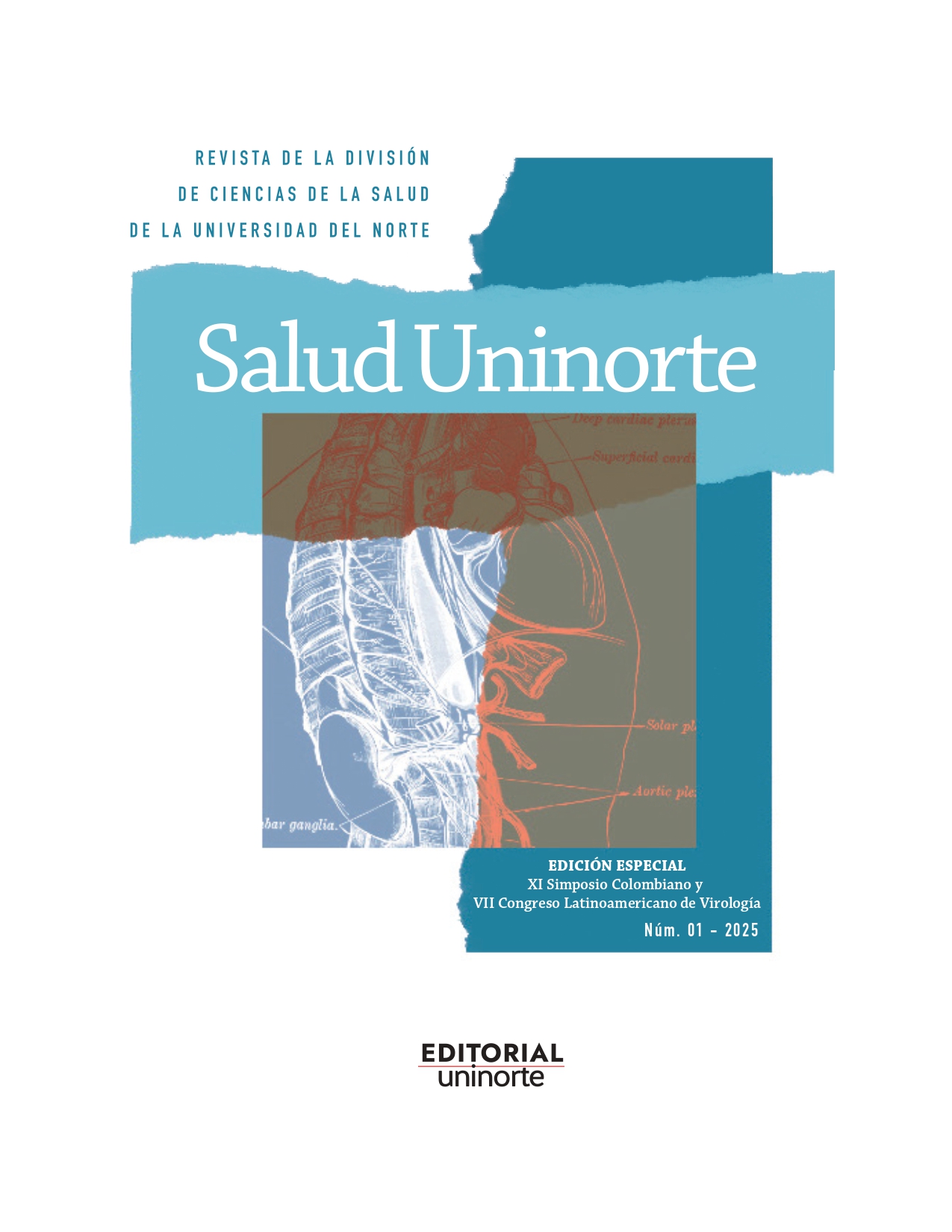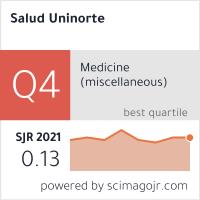Oropouche Virus Molecular Field Data and Vector Competence: A Systematic Review of the Literature
DOI:
https://doi.org/10.14482/sun.01.102.721Keywords:
Oropouche virus, vector competence, vector-borne infections, viral ecology.Abstract
Introduction: Orthobunyavirus oropoucheense, formerly Oropouche virus (OROV), is a re-emerging arbovirus, responsible for large-scale outbreaks across the Americas. Culicoides paraensis and Culex quinquefasciatus have been described as the main urban vectors, while Coquillettidia venezuelensis and Aedes serratus are proposed to maintain sylvatic circulation. The 2023-2025 outbreak, marked by the emergence of novel viral lineages and the introduction of OROV to Cuba, a previously nonendemic region, suggests potential shifts in vector ecology, the establishment of an urban cycle independent of wildlife reservoirs, and viral mutations with implications for vector competence.
Methods: This study presents a systematic review of entomovirological field evidence for OROV molecular detection, and vector competence experiments published up to July 2025. Six articles on molecular surveillance and 11 on vector competence were selected from peer-reviewed journals and preprint repositories and analyzed using a minimum data and metadata standard for vector competence experiments.
Results: OROV viral detection studies have only been conducted in Cuba, Brazil and Peru since 2013, with pool positivity rates ranging 0.4-56% in Culicoides insignis, Limatus durhamii, Aedes albopictus, Ae. aegypti, Psorophora cingulata and Haemagogus tropicalis, suggesting their potential role as urban and sylvatic vectors. Specifically, Ceratopogonids Cu. paraensis and Cu sonorensis consistently demonstrate high transmission capacity (~30%), while mosquitoes (including Aedes, Culex and Psorophora spp.) exhibit low infection rates (<20%), and limited OROV transmission, implying midgut-level barriers. Furthermore, transmission was recently demonstrated in European lineages of Ae. albopictus (~12.5%), in specimens kept at 27 °C, 21 days post-infection, highlighting the need for temperature-based risk assessment, particularly in the Mediterranean basin.
Conclusions: These findings suggest that OROV remains a neglected virus, despite the scale of its epidemiological impact. Expanded genomic surveillance and vector competence research are needed to better understand OROV ecology at the sylvatic-urban interface, and to assess the risk of spread and establishment in non-endemic regions, especially beyond the Americas.
Published
How to Cite
Issue
Section
License
(COPIE Y PEGUE EL SIGUIENTE TEXTO EN UN ARCHIVO TIPO WORD CON TODOS LOS DATOS Y FIRMAS DE LOS AUTORES, ANEXE AL PRESENTE ENVIO JUNTO CON LOS DEMAS DOCUMENTOS)
AUTORIZACIÓN PARA REPRODUCCIÓN, USO, PUBLICACIÓN Y DIVULGACIÓN DE UNA OBRA LITERARIA, ARTISTICA O CIENTIFICA
NOMBRE DE AUTOR y/o AUTORES de la obra y/o artículo, mayor de edad, vecino de la ciudad de , identificado con cédula de ciudadanía/ pasaporte No. , expedida en , en uso de sus facultades físicas y mentales, parte que en adelante se denominará el AUTOR, suscribe la siguiente autorización con el fin de que se realice la reproducción, uso , comunicación y publicación de una obra, en los siguientes términos:
1. Que, independientemente de las reglamentaciones legales existentes en razón a la vinculación de las partes de este contrato, y cualquier clase de presunción legal existente, las partes acuerdan que el AUTOR autoriza de manera pura y simple a La UNIVERSIDAD DEL NORTE , con el fin de que se utilice el material denominado en la Revista
2. Que dicha autorización se hace con carácter exclusivo y recaerá en especial sobre los derechos de reproducción de la obra, por cualquier medio conocido o por conocerse, comunicación pública de la obra, a cualquier titulo y aun por fuera del ámbito académico, distribución y comercialización de la obra, directamente o con terceras personas, con fines comerciales o netamente educativos, transformación de la obra, a través del cambio de soporte físico, digitalización, traducciones, adaptaciones o cualquier otra forma de generar obras derivadas. No obstante lo anterior, la enunciación de las autorizaciones es meramente enunciativa y no descartan nuevas formas de explotación económica y editorial no descritas en este contrato por parte del AUTOR del artículo, a modo individual.
3. Declara que el artículo es original y que es de su creación exclusiva, no existiendo impedimento de ninguna naturaleza para la autorización que está haciendo, respondiendo además por cualquier acción de reivindicación, plagio u otra clase de reclamación que al respecto pudiera sobrevenir.
4. Que dicha autorización se hace a título gratuito.
5. Los derechos morales de autor sobre el artículo corresponden exclusivamente al AUTOR y en tal virtud, la UNIVERIDAD se obliga a reconocerlos expresamente y a respetarlos de manera rigurosa.
EL AUTOR
















